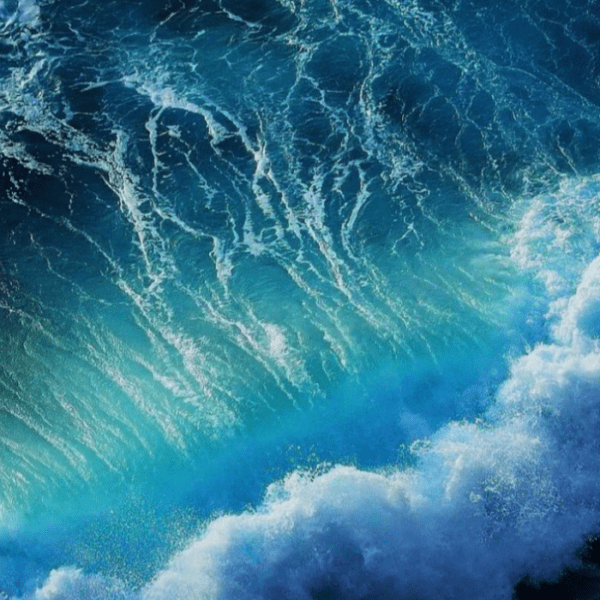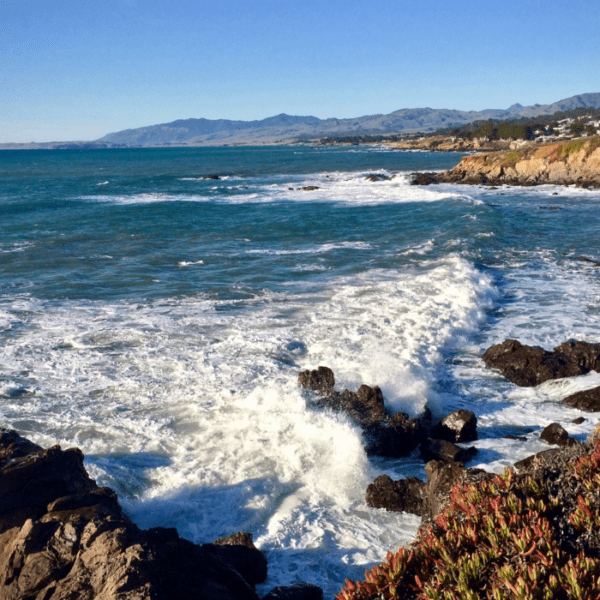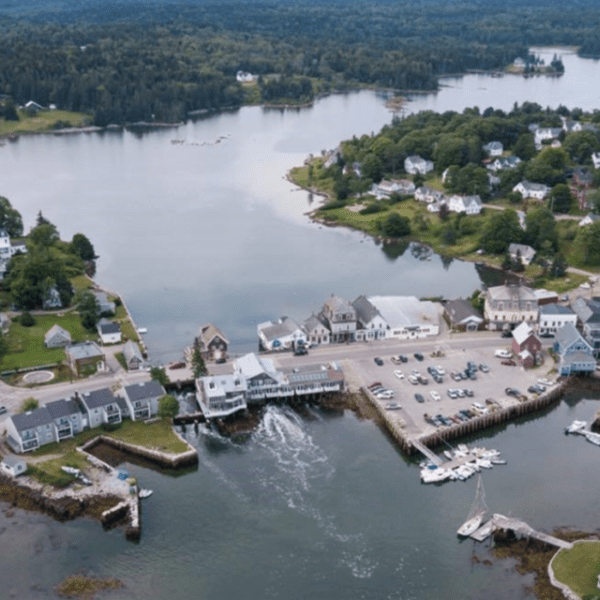Editor’s Note: This Thursday, join the Department of Energy’s Water Power Technologies Office for a webinar titled “Shaping the Future of the Marine Energy Atlas,” which is an interactive deep dive into the atlas, as well as an opportunity for participants to share feedback and help shape future iterations of the atlas.
When setting out on a journey, it helps to have a good map.
That’s the idea behind the recently upgraded Marine Energy Atlas.
This interactive, publicly accessible mapping tool helps users explore marine energy resources. Through a wide array of unique data sets, the Atlas supports everything from project siting to device design.
Explore the Marine Energy Atlas and learn more about NREL’s portfolio of marine energy projects.
Why It Matters
The purpose of the Marine Energy Atlas is to help technology designers and developers determine how well their devices are suited for a particular part of the ocean, as well as to help project developers identify promising sites for building wave energy farms.
The atlas, formerly known as the MHK Atlas, was developed by the National Renewable Energy Laboratory (NREL) with funding from the U.S. Department of Energy’s (DOE’s) Water Power Technologies Office.
NREL leads the project and developed the atlas. The modeling (i.e., data set generation) was completed by Pacific Northwest National Laboratory, Sandia National Laboratories, North Carolina State University, and University of Hawai’i.
“The Marine Energy Atlas includes several new features that not only modernize and streamline the interface but also support higher-resolution data,” said NREL Senior Scientist Levi Kilcher, who led the project. “These enhancements create a more user-friendly experience and make the Marine Energy Atlas a valuable tool for marine energy developers.”

A screen shot of a coastal map color-coded by wave height.
Kilcher envisions that project developers can use the Marine Energy Atlas to locate potential project sites, while technology developers can use it to download data needed to create site-specific technology.
By making this valuable data available to the public, the atlas can help the marine energy sector chart a smooth course forward.
In March 2021, DOE and NREL released a report showing the extensive potential of marine energy resources (wave, tidal, ocean current, ocean thermal, and riverine marine). The report concludes that by leveraging just one-tenth of available marine energy resources would equate to 5.7% of U.S. electricity generation.
The Deep Dive: Exploring the Atlas’s Design, Functionality
The Atlas uses high-resolution data sets to map U.S. wave, tidal, river current, ocean current, and ocean thermal energy resources. By selecting spatial data layers, users can explore several variables in each of these resource types, such as wave height, wave period, wave direction, tidal and ocean current speeds, and more.
A key feature of the Marine Energy Atlas is its user-friendly interface, which allows users to download data in a range of formats with the click of a button.
New features include:
- A filterable and searchable data library
- All data layers from the former MHK Atlas
- New data layers, including wave models for Pacific, Atlantic, and Hawai’ian regions
- Tools to download time series and other very large pieces of the underlying data
- Simultaneous onscreen appearance of layer and legend
- Improved query functionality
- An updated user interface
- Back-end upgrades that increase performance for on-the-fly visualization of high-resolution data sets.
And the improvements don’t stop there. The team will add analytical capabilities as well as new data sets in the coming year, expanding the coverage and resolution of the Marine Energy Atlas.












